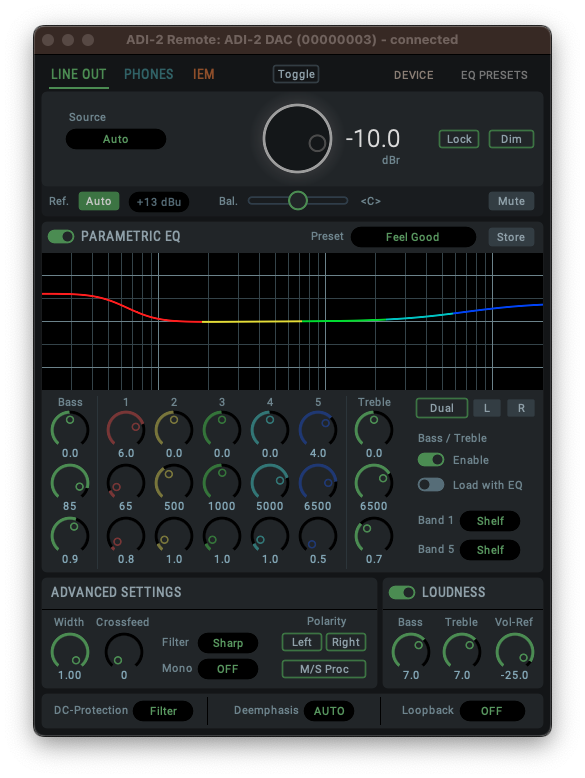There was an older post stating the the RME ADI-2 FS would not be receiving any new firmware features due to some storage constraints.
Couple of questions:
1) Is that tor he current V2 ESS model also? Or just older ones. I assume the current one also based on context. Just want to verify.
2I Does no more FW udpdate limited to just new features on the current V2, but V2 it wll continue to get FW updates, as needed? Again, assume yes, but just want to verify my understanding.
Thanks. Strongly considering getting one based on very favorable reviews including this strong interest. And it seems a good value for all the features. Pretty impressive, HP amp, DSP, screen readouts and good DAC.
Thanks in advance!
Couple of questions:
1) Is that tor he current V2 ESS model also? Or just older ones. I assume the current one also based on context. Just want to verify.
2I Does no more FW udpdate limited to just new features on the current V2, but V2 it wll continue to get FW updates, as needed? Again, assume yes, but just want to verify my understanding.
Thanks. Strongly considering getting one based on very favorable reviews including this strong interest. And it seems a good value for all the features. Pretty impressive, HP amp, DSP, screen readouts and good DAC.
Thanks in advance!
Last edited:


